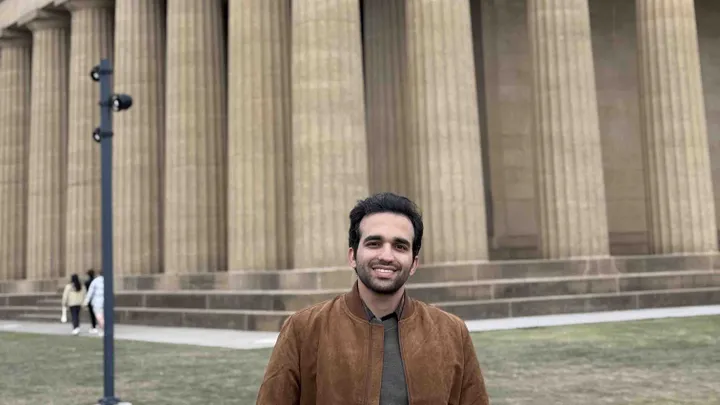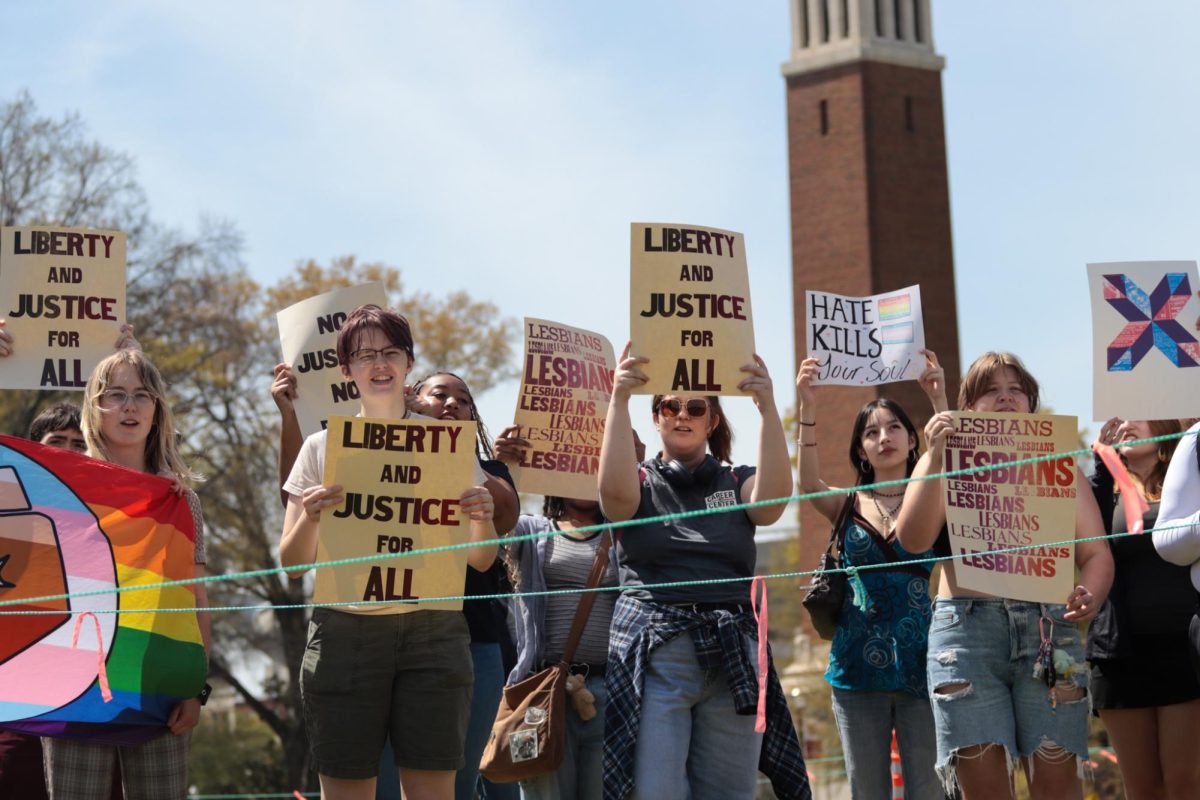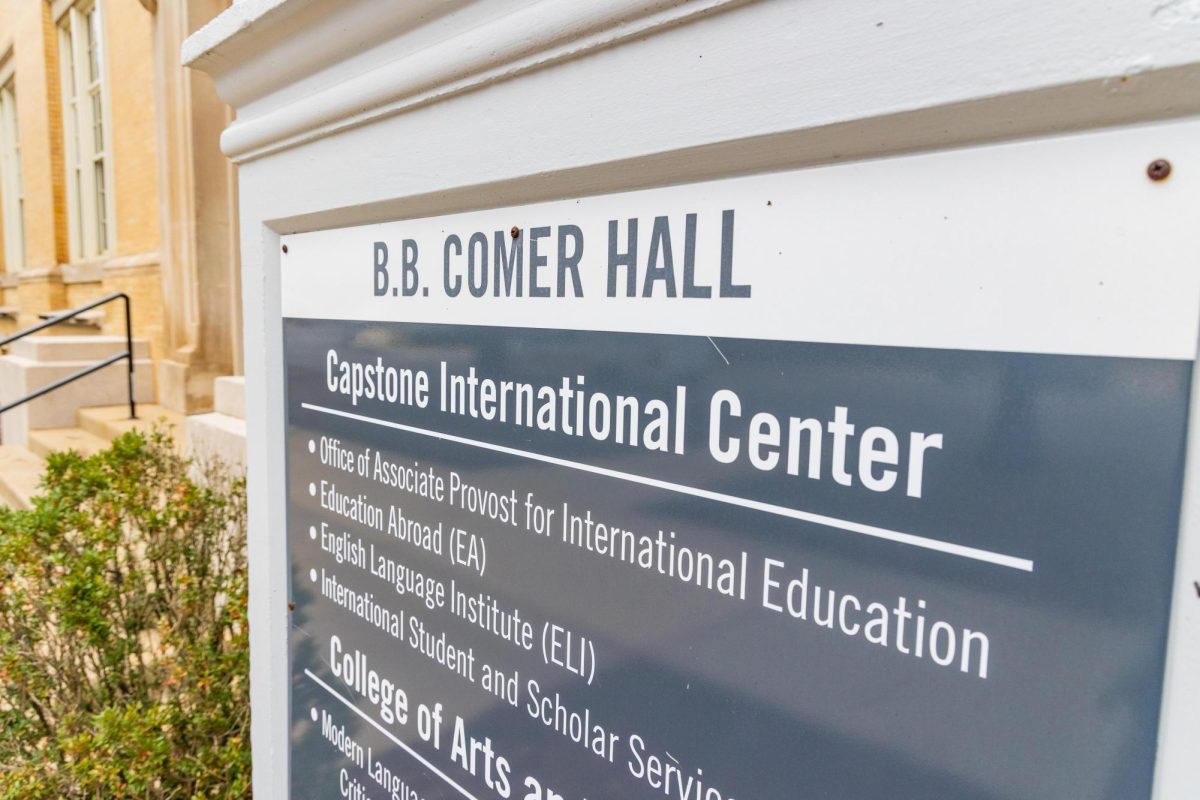Pulitzer Prize-winning journalist-activist and undocumented immigrant Jose Antonio Vargas asked University of Alabama students how they plan to respond to increasing diversity in America in a talk centered around undocumented immigrants Monday night.
Vargas, a current columnist for TIME.com, shared his background story and discussed his documentary work in the state, an online venture titled “Is This Alabama?”
The website features four videos of different Alabamian perspectives of HB 56, the immigration bill that Vargas called the “strictest in the country.”
Jennifer Greer, the chair of the University’s journalism department, said bringing Vargas to speak to students was a way to show students what roles journalists can fill beyond just informing the public.
“One of the roles of journalism is to make sure we bring people from a variety of perspectives into to talk about issues like this [immigration,]” Greer said.
Vargas was born and raised in the Philippines until he moved to live with his maternal grandparents in California at age 12. He was unaware of his undocumented status until he was 15, when he went to the DMV to apply for a driving permit and learned that his green card was forged.
“I didn’t understand why my grandparents and my mother didn’t tell me what the situation was,” Vargas said. “If I hadn’t discovered journalism a year after, I’m frankly not sure what I would have done.”
Vargas went on to work for The Washington Post, where he wrote award-winning coverage of the Virginia Tech massacre, and covered various candidates on the 2008 presidential campaign before penning an essay for The New York Times revealing his undocumented status.
Vargas said his role as a journalist has changed since revealing himself as an undocumented immigrant.
“I knew that instead of relying on news organizations to tell my story, I had to tell my own,” Vargas said. “It’s just very uncomfortable, for a journalist. It’s kind of a separation of church and state – journalists are not supposed to talk about themselves; we’re not supposed to insert ourselves in the middle of it.”
George Daniels, an associate professor in the journalism department, said although Vargas’ advocacy journalism work is not the typical print medium, it’s still very much journalism.
“We’re going to emphasize how the work of the printed word can be transformed and presented in so many different mediums, one of those being the documentary medium,” Daniels said.
Vargas’ “Is This Alabama?” documentary series arose when he visited Birmingham last October, shortly after the passage of HB-56. He said he was interested in getting past the Alabama stereotype and seeing what the average Alabamian was like.
In two videos, a white farmer and a white schoolteacher talk about how they don’t agree with the law and how it could adversely affect their lives. In another, a man verbally harasses the videographer and Vargas, yelling obscenities and telling them to “get their papers or get out.”
“Is that Alabama,” Vargas said in reference to the videos, “or is this Alabama?”








